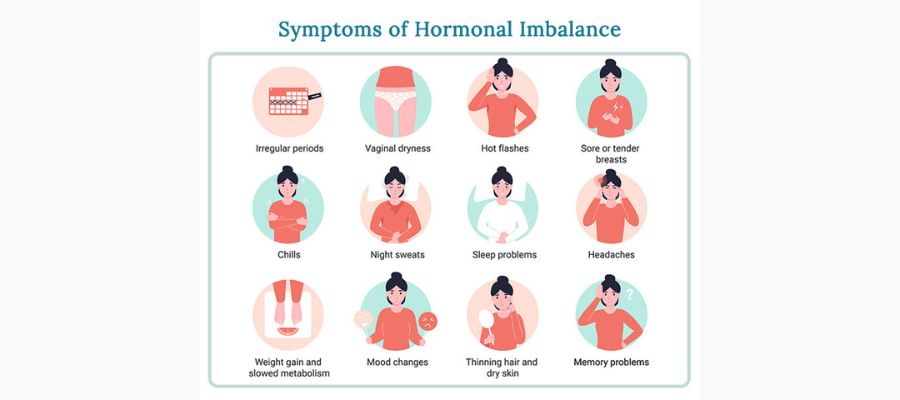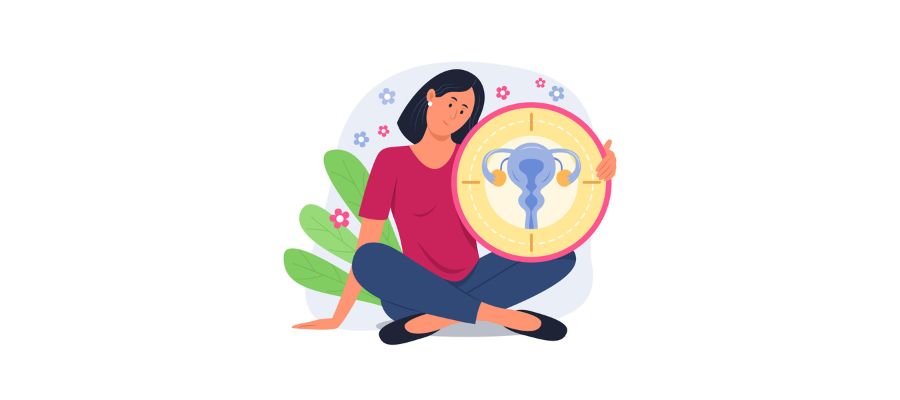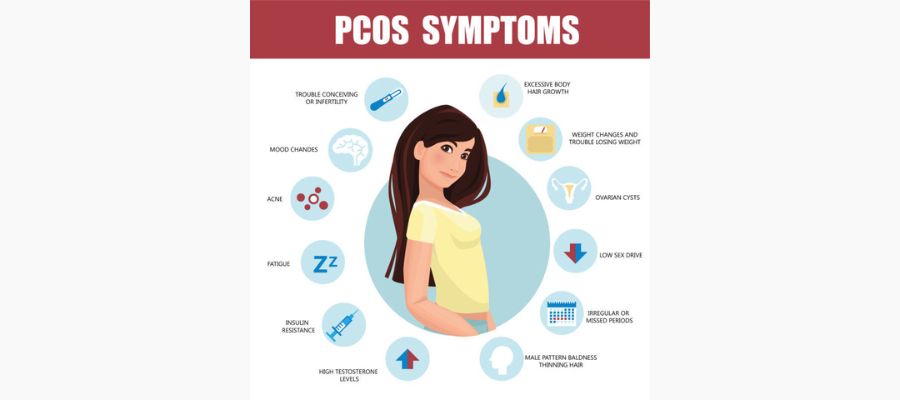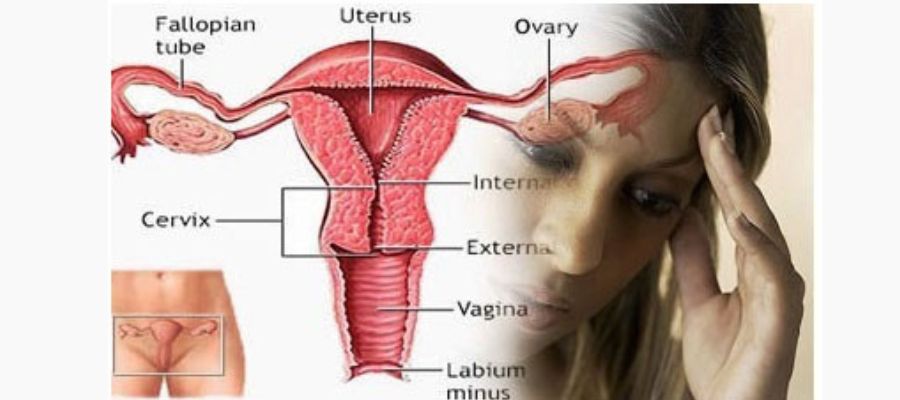
MANAGE MIGRAINE WITH AYURVEDA
A migraine headache typically causes a severe, throbbing pain on one side of the brain, or occasionally both. Women make up about three out of every four migraine sufferers.
What signs indicate a migraine?
- Recurrent migraine headaches occur more than five times each year.
- 4-6 to 72-hour-long pain.
- A migraine headache can be either one or both sided.
- Usually connected with nausea and vomiting
- Patient won't be able to handle loud noises or light.
- The patient experiences hammering pain that becomes worse with more physical exertion.
Why Are Women More Prone to Migraine Headaches?
Women may experience more headaches than males do due to hormonal changes. Various factors can cause hormone levels to change. The following hormone variations, though, are the most striking :Menarche, menstruation, pregnancy, menopause, hormonal contraceptive use, and hormone replacement therapy are all possible triggers for migraines. Typically, migraine attacks start after menarche, are more frequent in the days leading up to or during periods, and get better throughout pregnancy and menopause. Changes in oestrogen levels, which have an impact on cellular excitability or cerebral vasculature, are the cause of these issue.
Women’s migraines have been found to be most common throughout adolescence and menopause; up to 70% of female migraine sufferers claim a menstrual connection to their headaches. It is believed that menstrual migraines stay longer, are more severe, and are more difficult to treat. Compared to non-monthly migraines, menstrual migraines are considered to stay longer, be more severe, and be more difficult to treat.
Treatment of migraines using Ayurveda
People frequently ignore migraines in the early stages because they only use over-the-counter pain relievers & tablets. Painkillers are the sole general current therapeutic option, but continuous use of these drugs will also result in migraine as well as their negative effects.
In Ayurveda, the word “migraine” is translated as “one-sided, intense, piercing pain,” or “ardhavabedhaka.” According to Ayurveda, patients with migraines caused by the Vata-Pitta dosha may experience severe discomfort, redness, and burning in their eyes. In general, migraine is linked to a history of acid reflux and digestive problems.
The following conditions can be managed in order to achieve migraine Ayurveda treatment:
- Samshodhana (Bio-purificatory Panchakarma Techniques)
- Pathyaahara (restricted diet), Kaya virechana (therapeutic purgation)
- Vihara (controlled way of life)
To effectively manage migraines, a variety of treatments, medications, dietary adjustments, and behavioural modifications are required.










